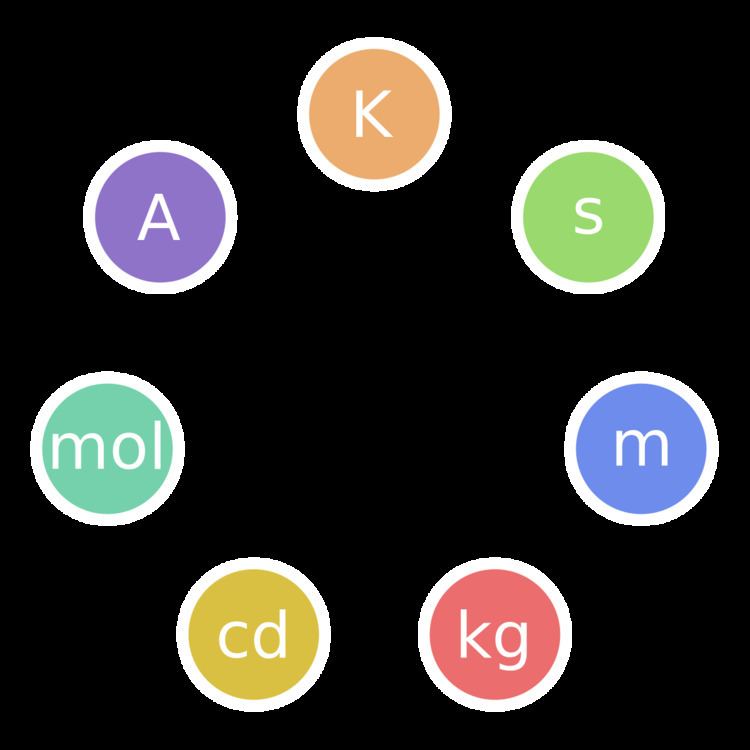 | ||
In physical chemistry, there are numerous quantities associated with chemical compounds and reactions; notably in terms of amounts of substance, activity or concentration of a substance, and the rate of reaction. This article uses SI units.
Contents
Introduction
Theoretical chemistry requires quantities from core physics, such as time, volume, temperature, and pressure. But the highly quantitative nature of physical chemistry, in a more specialized way than core physics, uses molar amounts of substance rather than simply counting numbers; this leads to the specialized definitions in this article. Core physics itself rarely uses the mole, except in areas overlapping thermodynamics and chemistry.
Kinetics and equilibria
The defining formulae for the equilibrium constants Kc (all reactions) and Kp (gaseous reactions) apply to the general chemical reaction:
and the defining equation for the rate constant k applies to the simpler synthesis reaction (one product only):
where:
The dummy indices on the substances X and Y label the components (arbitrary but fixed for calculation); they are not the numbers of each component molecules as in usual chemistry notation.
The units for the chemical constants are unusual since they can vary depending on the stoichiometry of the reaction, and the number of reactant and product components. The general units for equilibrium constants can be determined by usual methods of dimensional analysis. For the generality of the kinetics and equilibria units below, let the indices for the units be;
Electrochemistry
Notation for half-reaction standard electrode potentials is as follows. The redox reaction
split into:
a reduction reaction:
and an oxidation reaction:
(written this way by convention) the electrode potential for the half reactions are written as
For the case of a metal-metal half electrode, letting M represent the metal and z be its valency, the half reaction takes the form of a reduction reaction:
